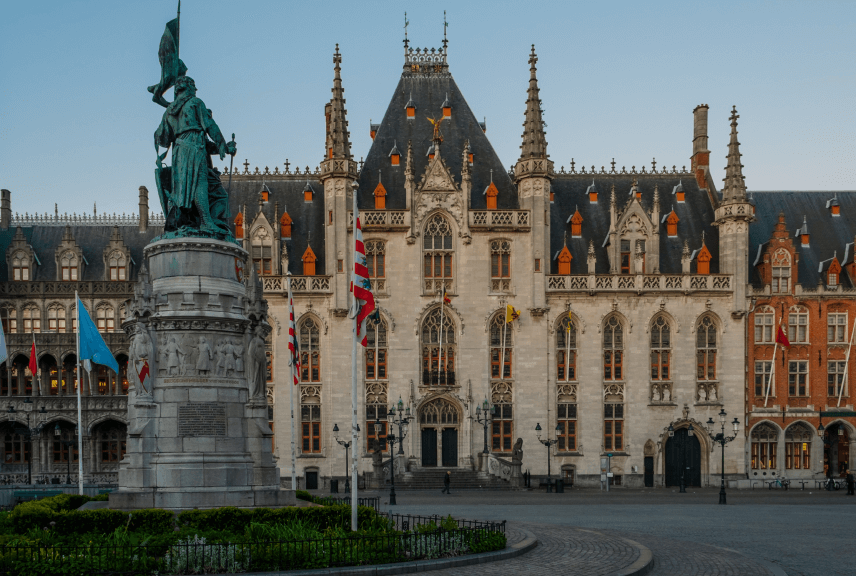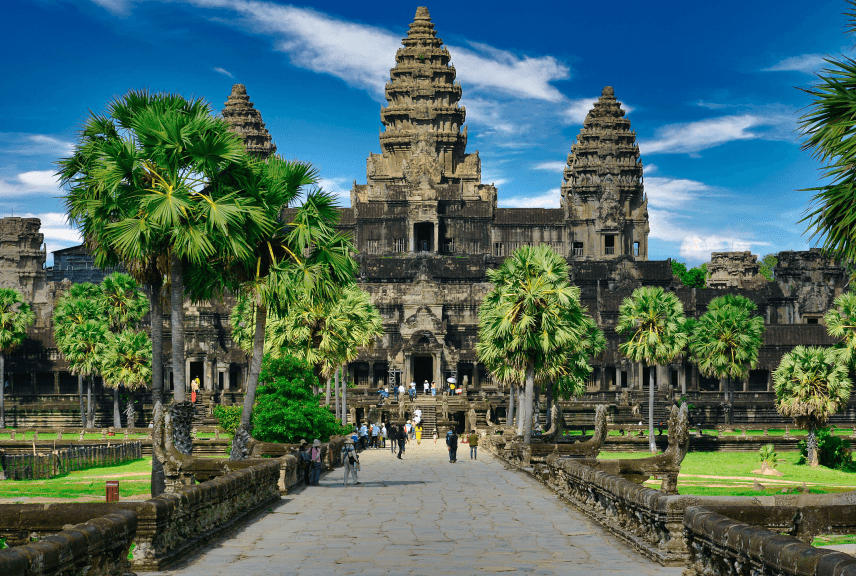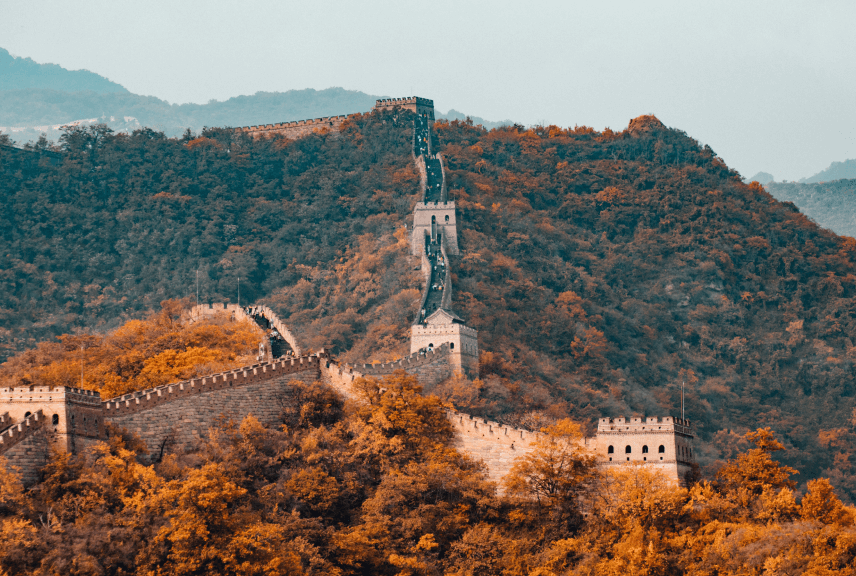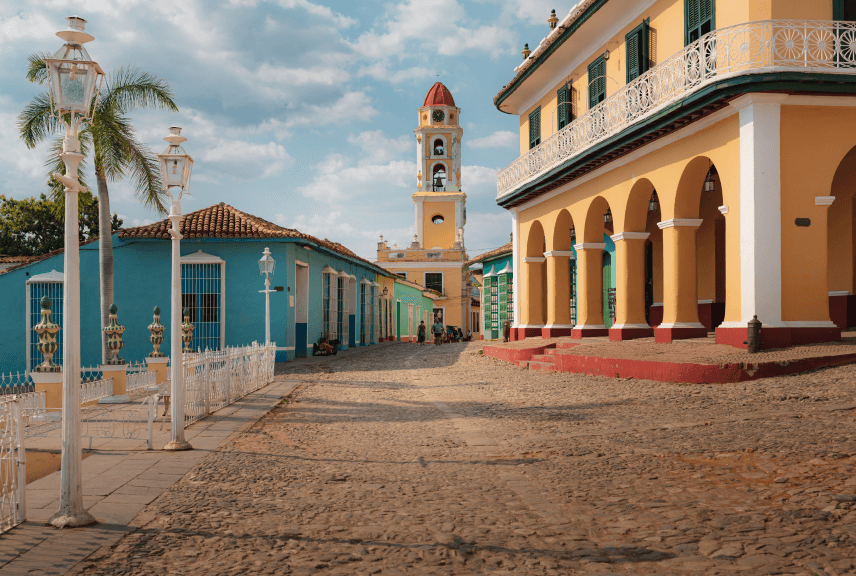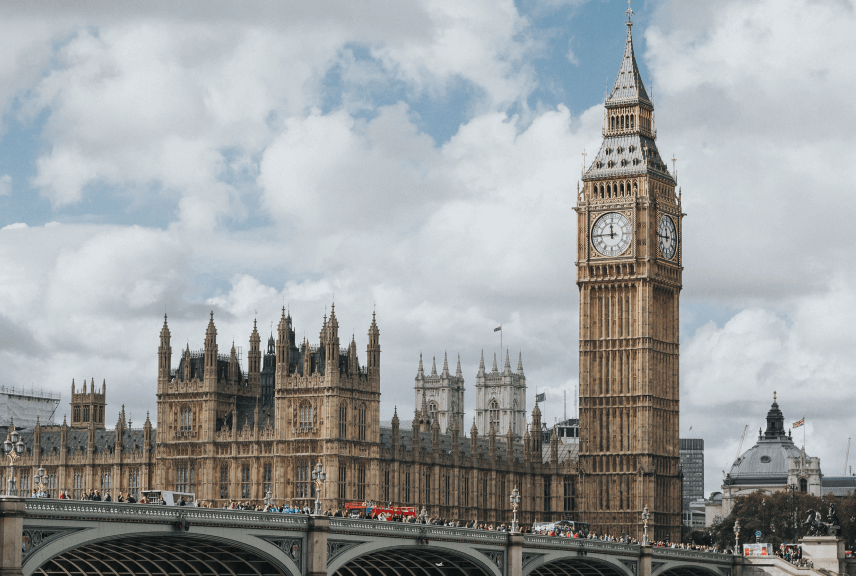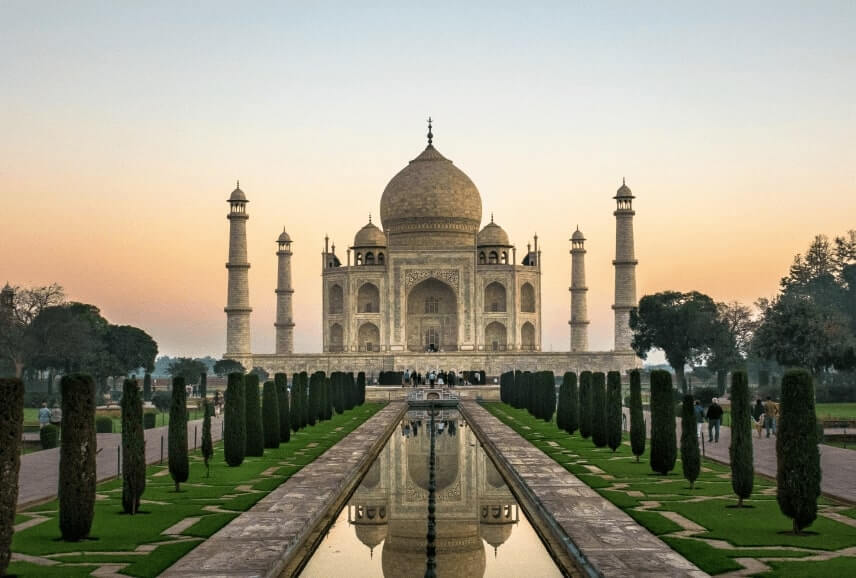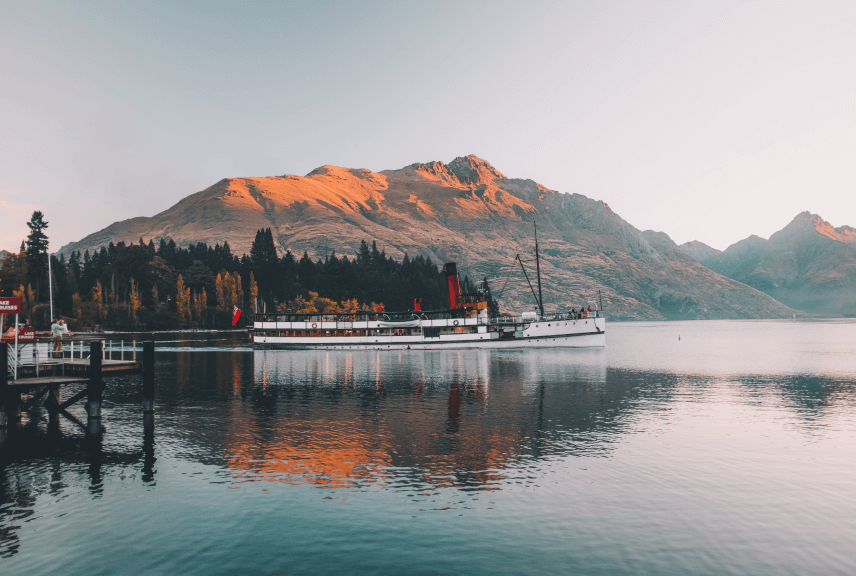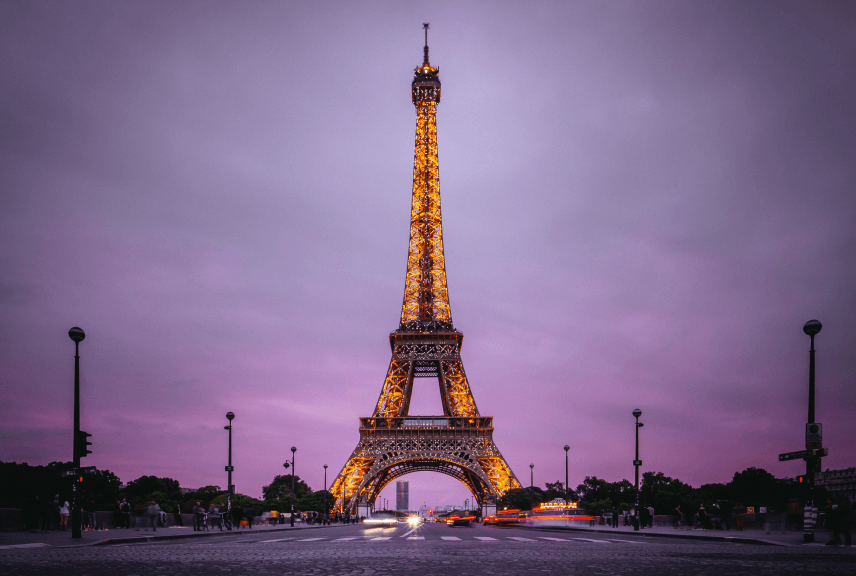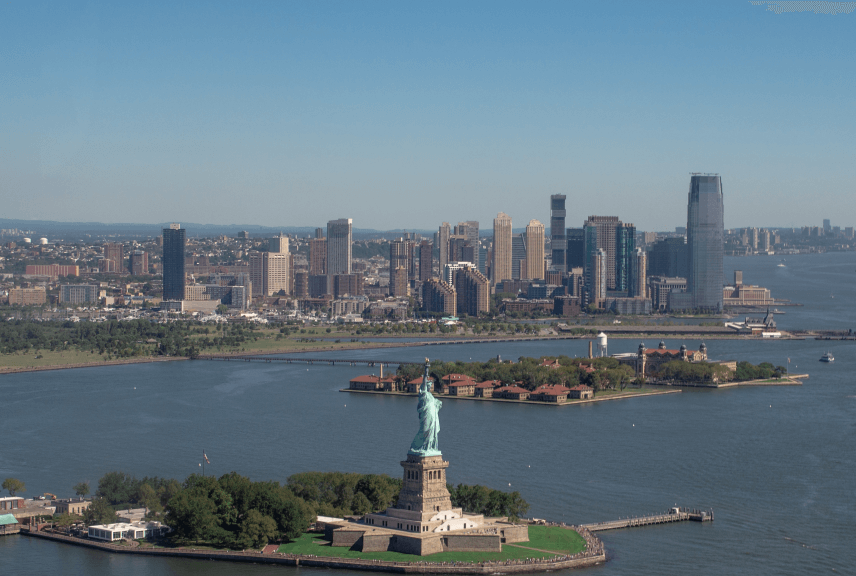Chandni Chowk
Chandni Chowk, or ‘Moonlight Square’ is the most famous and historic street of Delhi, built around 300 years ago when the walled city of Shahjahanabad was established in the 17th century. The ‘Trafalgar Square’ of Delhi, Chandni Chowk is widely known for its century old heritage and meeting point of different cultures and traditions over the centuries. At present the street is a busy thoroughfare with its traditional framework of several ‘Kuchas and Katras’ (alleys) housing traditional Havelis, innumerable places of worship, popular specialized markets and century-old eating joints, known for their specialties not only in the capital but worldwide.
In a way the street reflects the national unity, secularism and diversity of India as it houses many important places of worship of major religions of the world. From Jain temple (Jainism) to Gauri Shankar temple (Hinduism) to Gurdwara Sisganj (Sikhism) and from Baptist Church (Christianity) to Sunehri Masjid and Fatehpuri Masjid (Islam), the street has many other small places of worship and that too within the two kilometers stretch of the street. The street takes a new color and festive atmosphere every time with the enthusiastic involvement of all the people of the area during the celebration of main festivals of different religions. It again unites the whole country and performs its original function of processional route on Republic Day when the grand parade passes through this historic street.

Jahanara Begum, the eldest daughter of the Mughal Emperor Shah Jahan laid this historic street with a sarai, beautiful gardens and other palatial buildings surrounding it. The street of Chandni Chowk originally stretched from Lahore Gate of Red Fort to Fatehpuri Masjid, and was divided into four parts. The first part was known as Urdu bazaar, which extended from the present Jain temple to Dariba Kalan. The second part stretched from Dariba Kalan to Kotwali (next to Gurdwara Sisganj) and was known as Phool Mandi (flower market) and later Tripolia. From Kotwali till the present Town Hall, the area was the third part of the street and was known as Jouhari bazaar (Jewelers’ market) or Ashrafi bazaar. The fourth part was known as Chandni Chowk, which extended from Jouhari bazaar till the Fatehpuri Masjid. There was an octagonal pool in this part of the street where the water of the pool reflected the moonlight and flowed into the canal that ran through the whole street. Thus the whole street came to be known as Chandni Chowk or Moonlight Square. Lined with row of banyan and papal trees on the both sides, the canal was known as Faiz Nahar and brought water from Najafgarh pond till the pavilions, gardens and palaces of Red Fort that served the purpose of drinking as well as irrigation. During the British regime, the street underwent major changes as they filled the canal, constructing a 110 feet high clock tower at the site of the pool (the tower fell in 1951) and extended the area of the market.
Since the street has been laid, Chandni Chowk has been witness to several important events of history, being at the heart of Delhi. It saw the grand processions of Mughal emperors in their royal glory; the tyranny of later fanatic emperors like Aurangzeb who ordered the handcuffing of his elder brother Dara Shikoh and killing of Guru Tegh Bahadur and his disciples; the Persian invader Nadir Shah’s brutal killing and looting of citizens of the walled city; the invasion and merciless plundering of the city and especially the street by Ahmad Shah Abdali and later by the Marathas, Rohillas and Jats; the hanging of many nationalists by the British near Kotwali after the 1857 war and their continuing tyranny; the National movement under important nationalist leaders and India finally becoming Republic on 26th January 1950.
